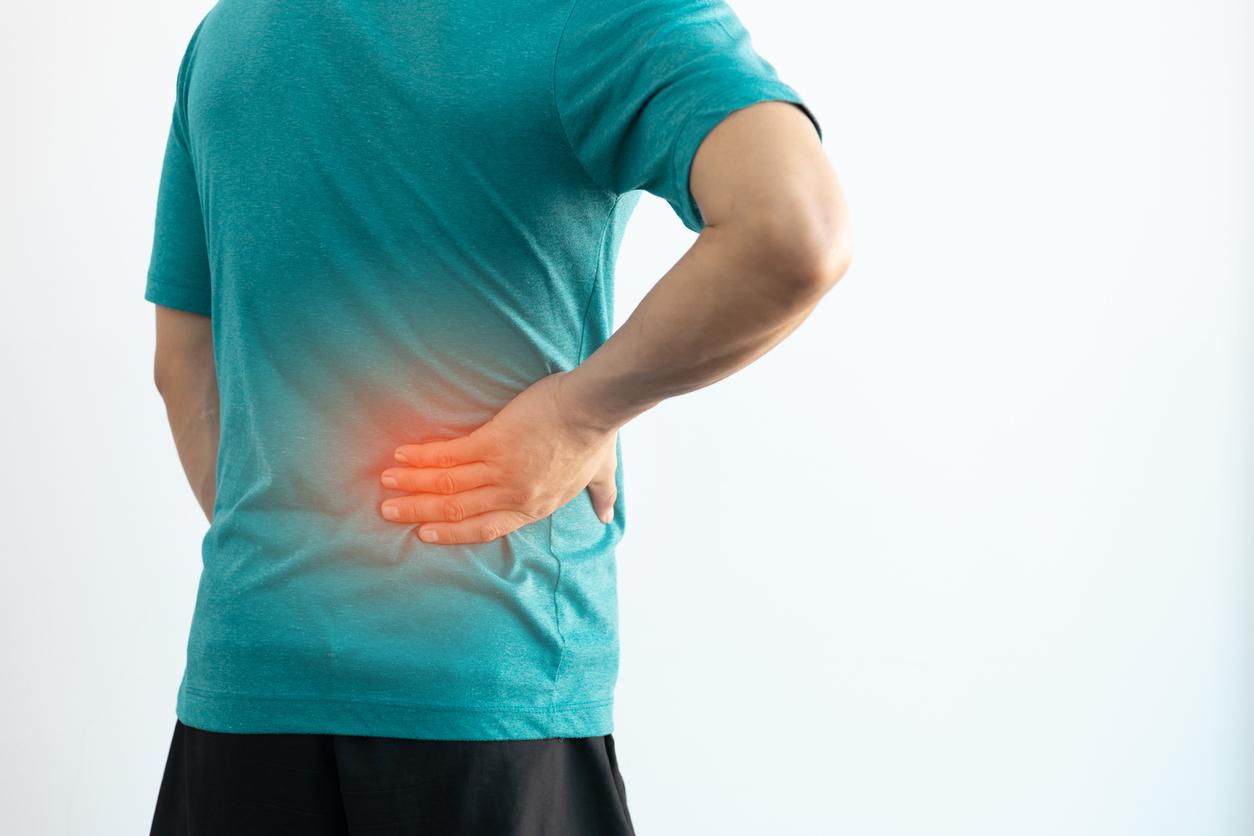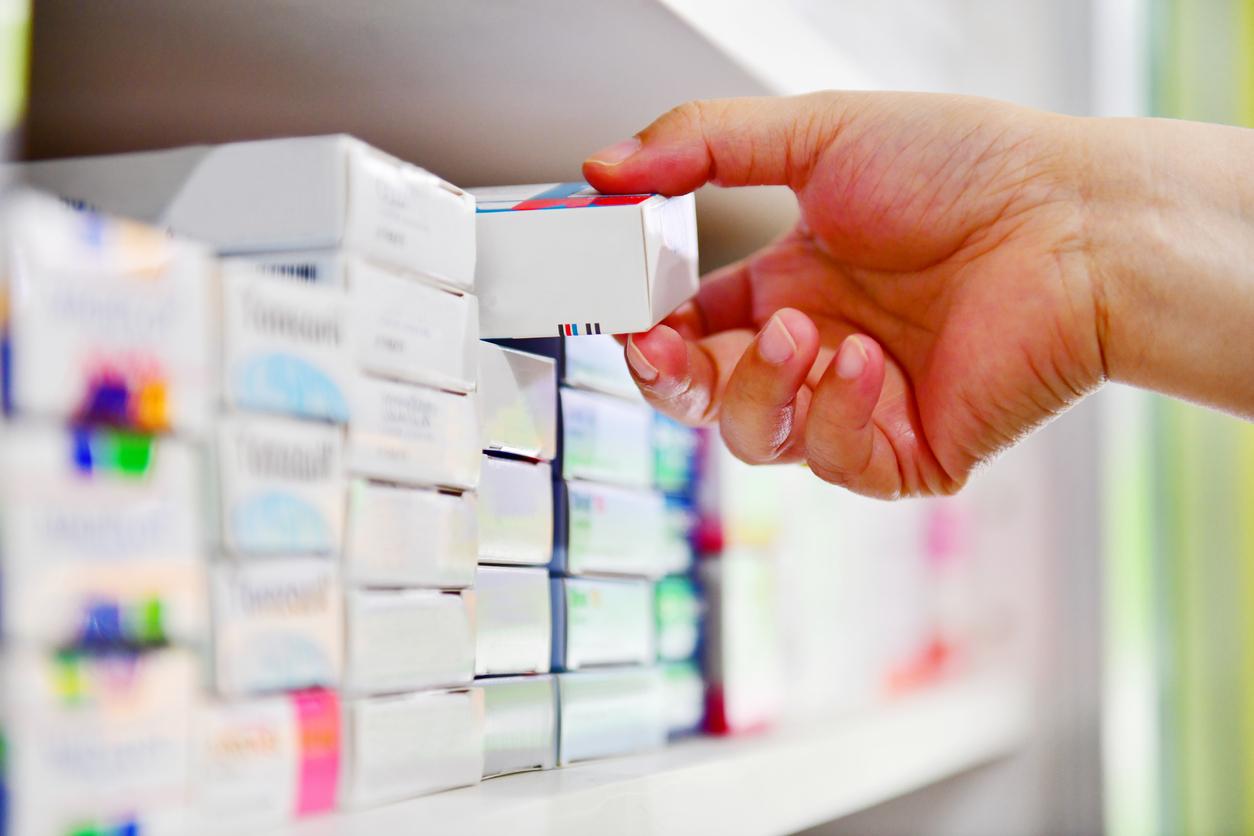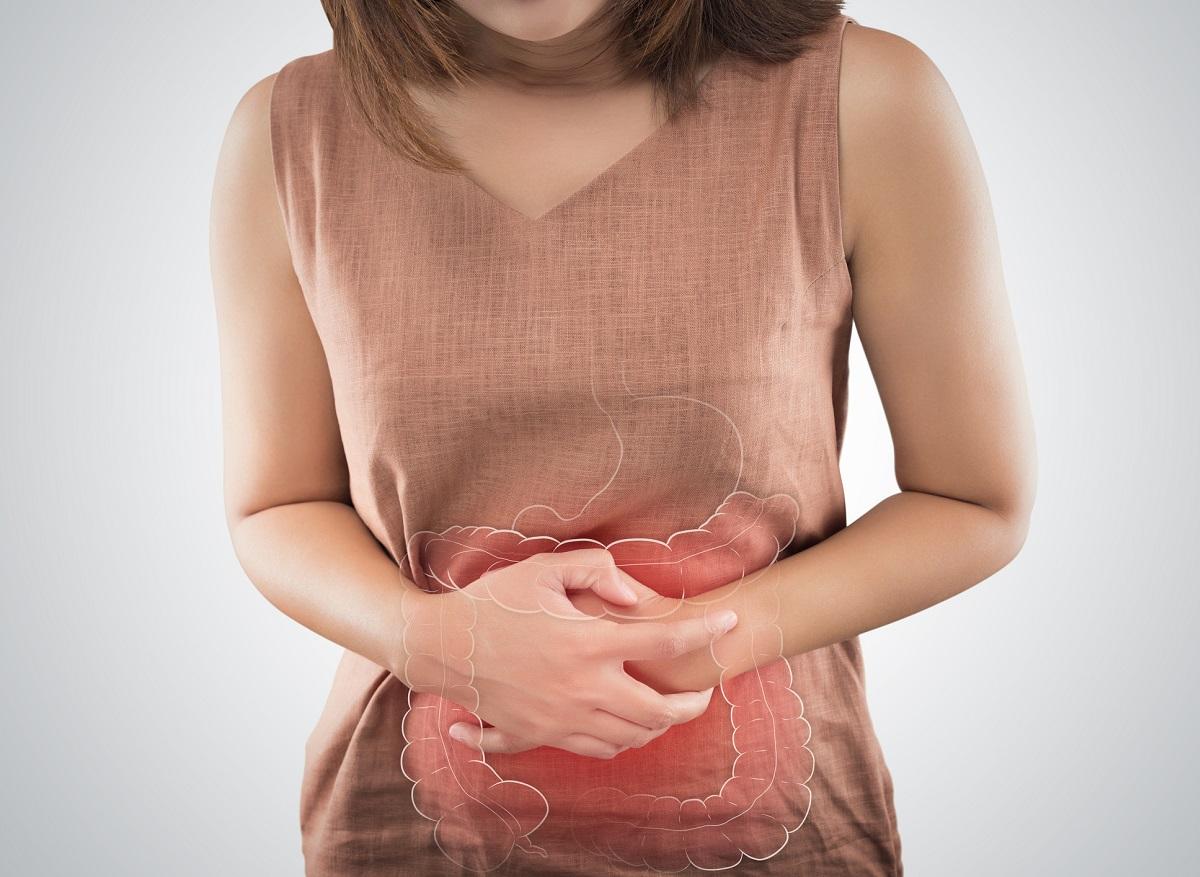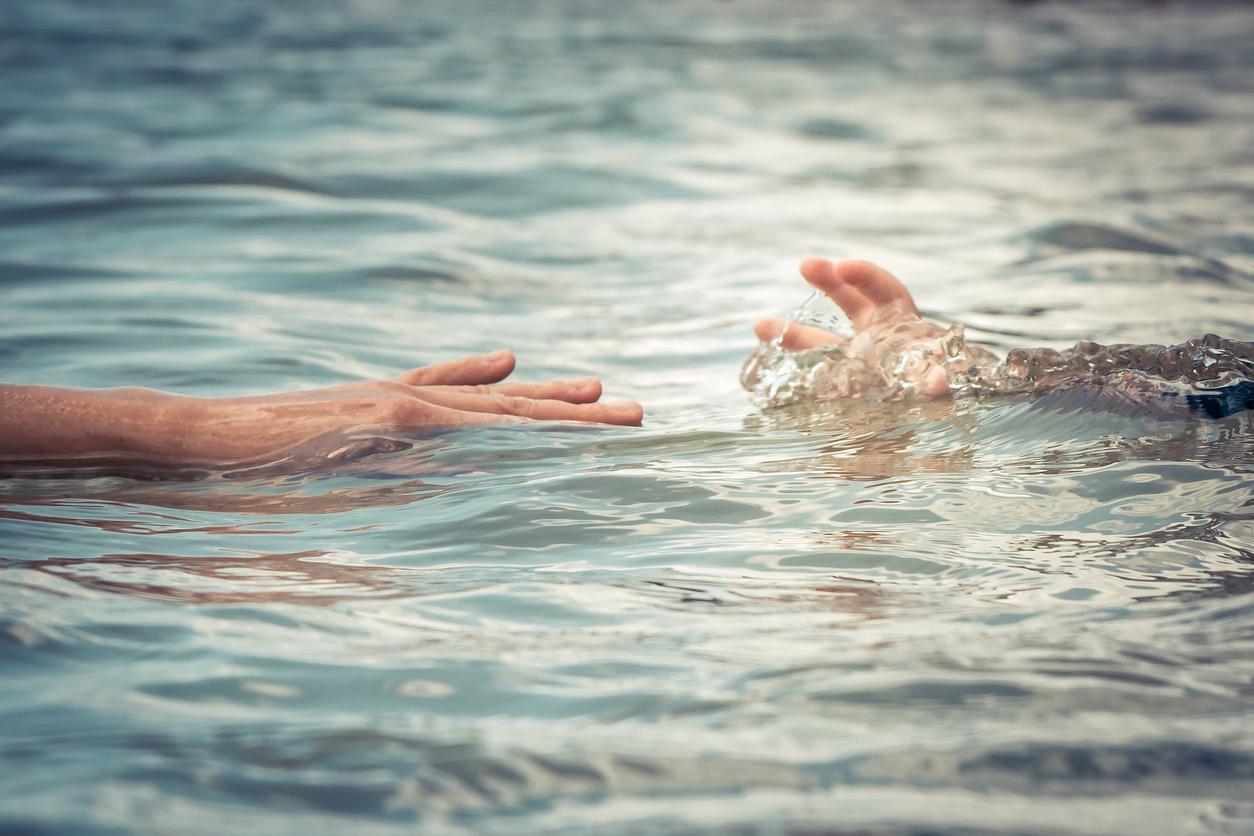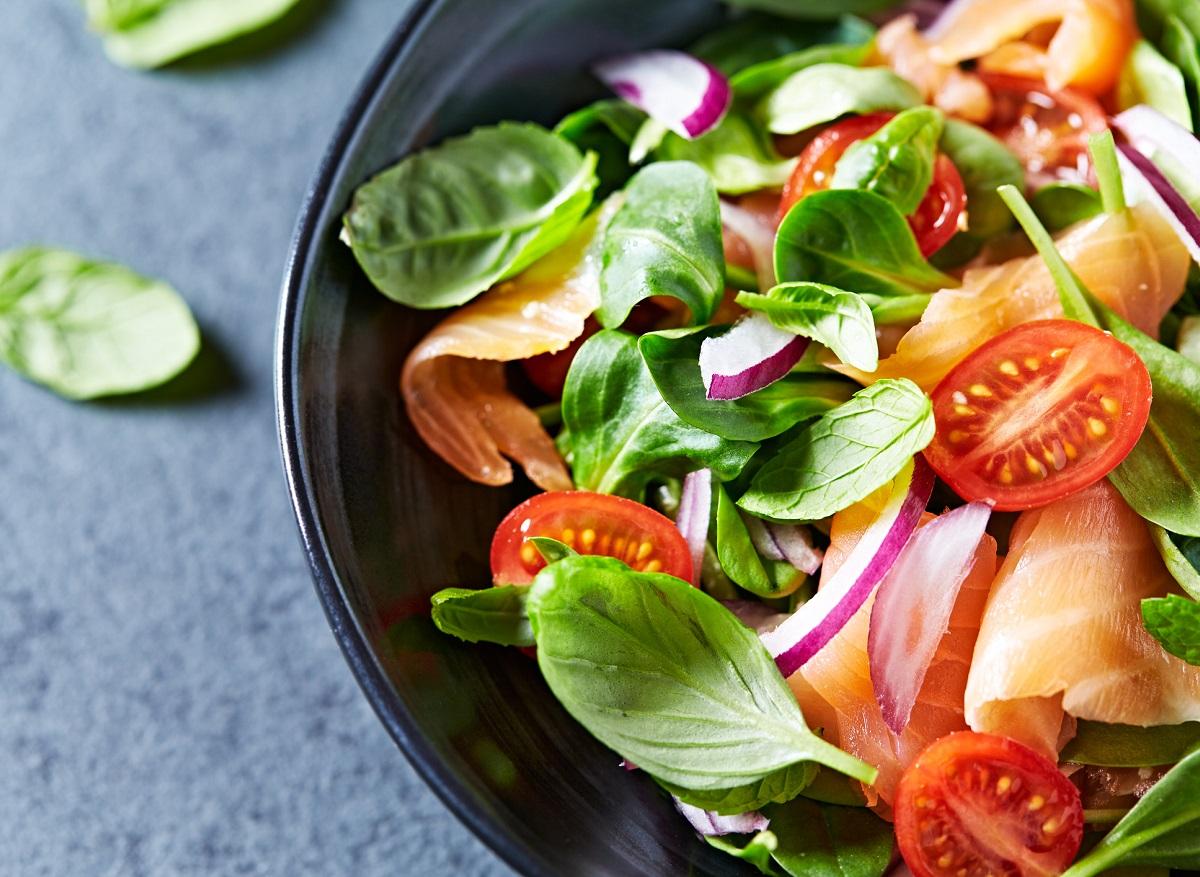The risk of suffering from a kidney stone is greater in the summer due to dehydration unless you follow the advice of a specialist in urology.
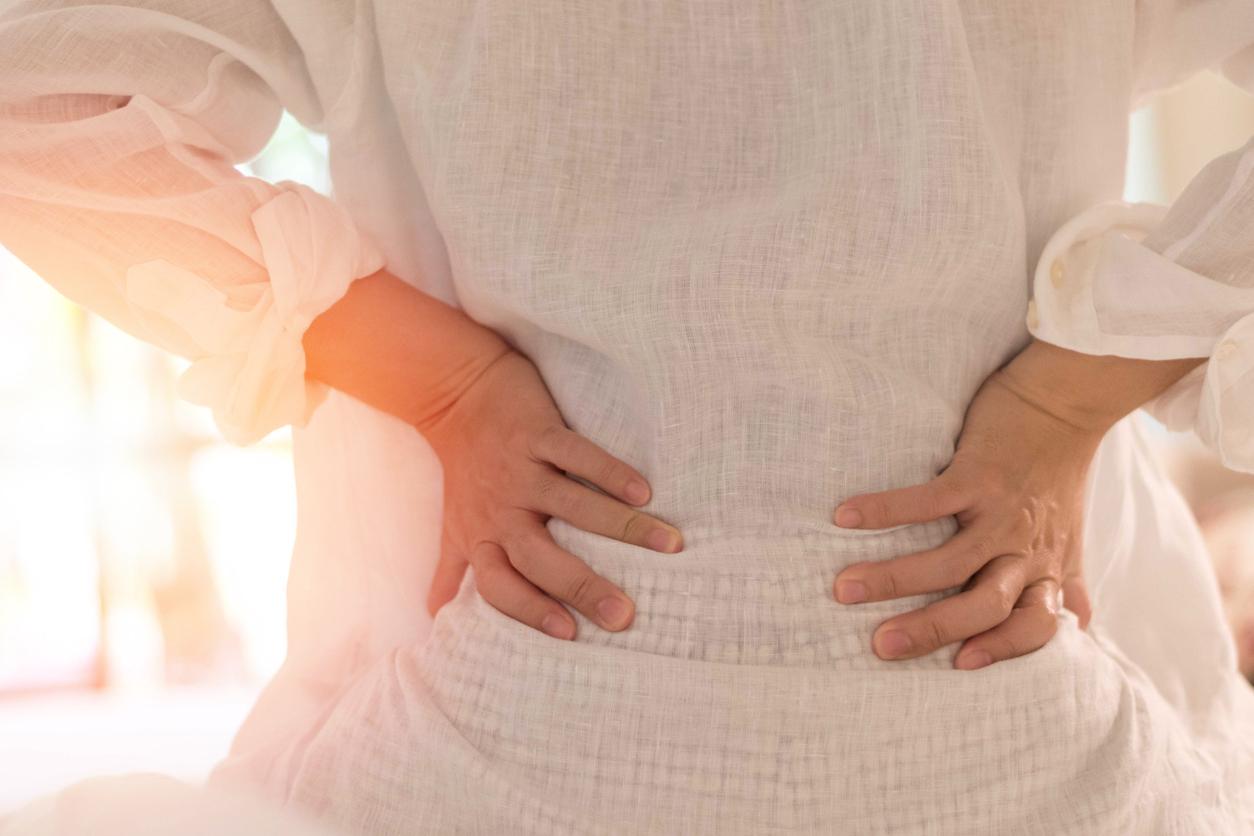
- Once you have had a kidney stone, you have up to a 50% chance of having another within 10 years.
- The likelihood of having kidney stones in hot weather is greater due to the risk of dehydration.
- Dietary changes as well as drinking plenty of water can help avoid this disorder.
About one in ten people will develop kidney stones in their lifetime. These are small stones formed by mineral salts such as calcium oxalate which accumulate in the kidney. The formation of these crystals from a few millimeters to several centimeters in diameter, also called lithiasis, is often linked to dehydration. This is why the risks of suffering from it are greater in summer.
Fortunately, simple actions can prevent the formation of kidney stones. Megan Bollner of the Department of Urology at the University of Texas Southwestern Medical Center in Dallas details them.
Kidney stones: drinking enough water is crucial
“Once you’ve had a kidney stone, you have up to a 50% chance of having another within 10 years”recalls Megan Bollner in the press release from his establishment. “But many risk factors for recurring kidney stones are within your control, and changing your eating habits can make a big difference.”
To prevent the formation of kidney stones, especially during hot weather, it is essential:
- drink enough to stay hydrated and dilute the urine: “People who have had kidney stones should drink at least 2 liters (8 cups) and ideally 3 liters (12 cups) of water daily”says Megan Bollner;
- drink more water when it’s hot and you’re sweating;
- to add lemon or lime juice to your water, because “citrates bind to calcium to help block stone formation”.
Lithiases: the list of foods to favor and avoid
In addition to hydration, diet plays an important role in the prevention of stones. It is recommended to limit sodium and animal protein intake, as these foods promote the formation of kidney stones.
While fruits and vegetables are recommended for their richness in vitamins, minerals and antioxidants, those that contain calcium oxalate should be avoided, such as spinach, beets, walnuts, wheat germ, rhubarb and soy. “Although oxalate intake alone is unlikely to cause stones, excessive amounts of oxalate can significantly increase the risk. Eat a varied diet and drink more water or eat a serving of dairy products when you eat foods high in oxalate”adds the expert.
On the other hand, if you are a person at risk, it is good to consume foods rich in calcium. “It may seem counterintuitive to recommend calcium when most kidney stones are partially composed of calcium. However, the absorption of a normal amount of calcium is essential for the body’s regulation of calcium. Calcium food combines with the oxalates in the intestines, carrying the oxalates into the feces instead of the urine, which reduces the risk of developing calcium oxalate stones.”, says the academic article. Megan Bollner advises getting between 1,000 to 1,200 milligrams of calcium per day from dairy products, soy, beans, enriched tofu and green vegetables such as kale and broccoli.

Kidney stones: the symptoms to spot
Symptoms of kidney stones are manifested by severe pain in the lower back, nausea, vomiting, fever, chills and bloody urine. Some patients have no symptoms, especially if the stones are small.
If you think you have a kidney stone, it’s important to see a doctor for an accurate diagnosis and proper treatment. In some cases, surgery may be needed to remove the stones.
Besides dehydration, factors contributing to recurrence include family history, underlying kidney disease, obesity, diabetes, dietary choices, and inflammatory bowel disease.








